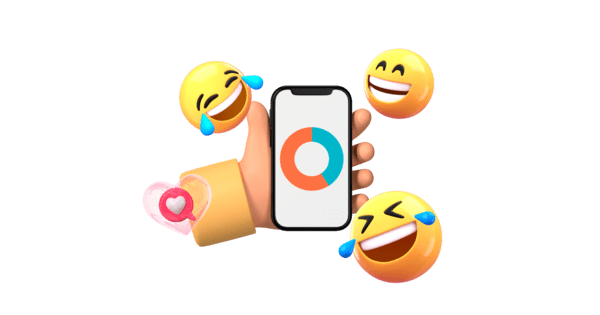
Digital communication lacks the subtleties of facial expressions and voice intonation, so it might sometimes seem too abstract. That's where emojis come in — tiny symbols that infuse our messages with life and emotion and bridge the inherent emotional gap. They are an integral part of informal communication, emojis are even OK in the workplace now. So if emojis are such an established part of our lives and are even used in more formal communication, how effective are they in marketing, specifically, in email marketing?In this research, we explore the evolution, impact, and occasional controversy surrounding emojis in email marketing, aiming to uncover the delicate balance between perception and effectiveness.We analyzed multiple business reports of market-leading companies, marketing research, and scientific publications, and added our own data to understand if emojis can enhance email marketing or do the opposite instead.
In this research, to get to comprehensive conclusions, our initial step was to collect data and analyze emoji usage in email newsletters sent via Selzy. We analyzed 27,607 real email campaigns of various business sectors including tourism, e-commerce and EdTech.
We also delved into market research, business reports, studies from other enterprises, and scientific articles. Choosing sources from the last two years was crucial, given the evolution in emoji usage in marketing, so our primary goal was to rely on the most current and credible publications.
Before exploring our research discoveries about the use of emojis in email marketing, it's important to recognize the role emojis play in shaping global digital communication.
Emojis have evolved beyond regional novelties and become integral to global digital culture. Their integration into diverse aspects of communication, from entertainment to education, shows how significant they can be. It became essential to recognize the power of emojis in conveying emotions and enhancing communication, both in personal and professional settings.
Emojis play a pivotal role in marketing, influencing consumer emotions and purchase behavior. Research supports their positive impact on engagement, customer satisfaction, and even post-purchase communication.
While emojis hold plenty of opportunities for marketing, it’s important to use them strategically. Recognizing their nuanced impact can enhance marketing effectiveness across various platforms.
Analyzing the impact of emojis on marketing reveals a major transformation within the email marketing landscape. Emojis have significant power in email marketing, from standing out in crowded inboxes to influencing user emotions when used strategically based on brand values and audience.
According to Selzy analysis, 40.1% of all emails sent by companies contain emojis.
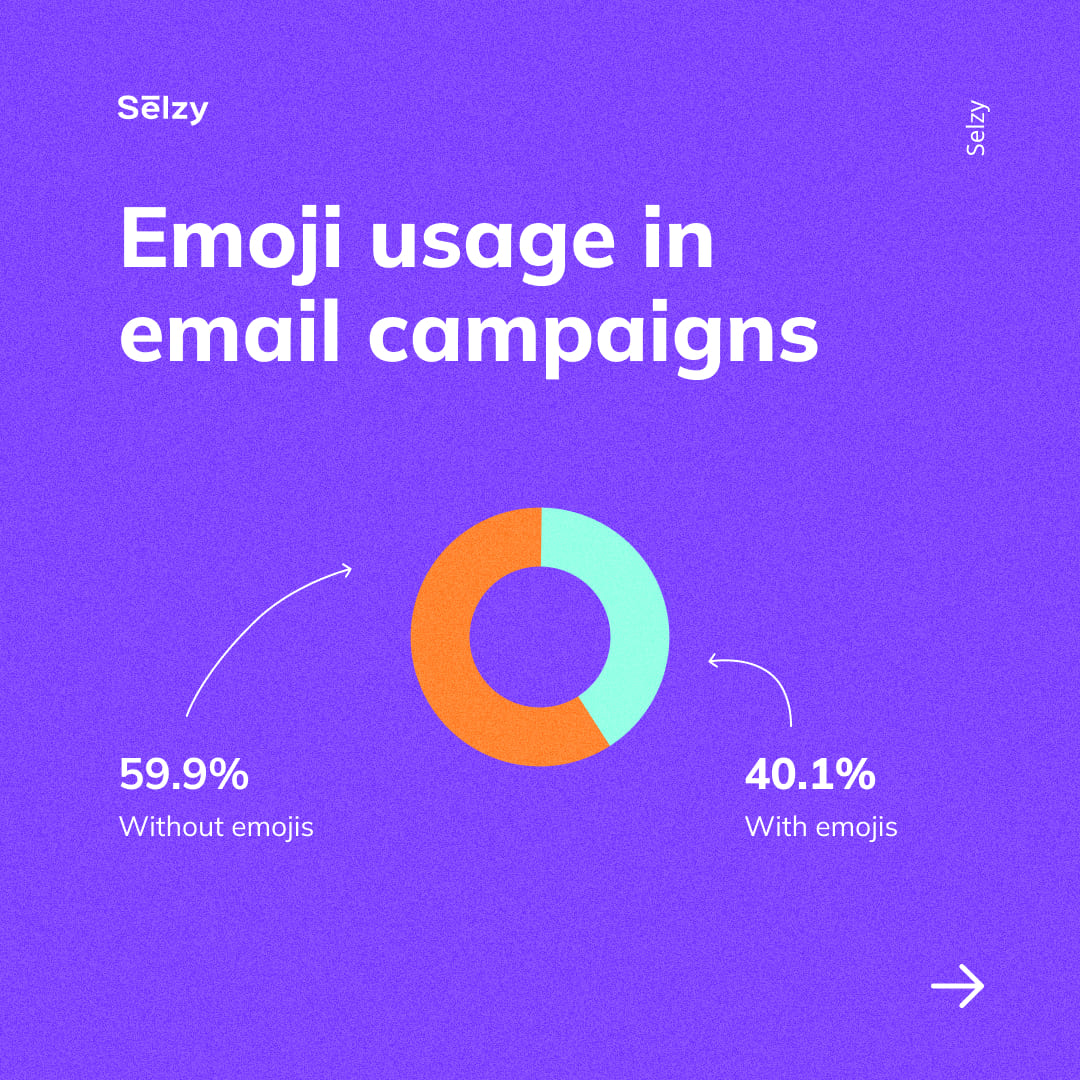
Our research findings show many advantages associated with the strategic integration of emojis in email marketing campaigns.
Users are about 3 times more likely to choose email subject lines with emojis (33%) compared to no-emoji ones (9%). When users are sorting through an inbox, emojis make emails stand out, capturing the users' attention. (NN Group)
Emotions drive potential customers to take action, and emojis are excellent at doing that. A smiling face or celebratory image can at least brighten someone's day or make them curious to know more about a brand.
Emojis may positively influence email open rates and click-through rates (CTR) by enhancing visual appeal, conveying emotions, and creating a more engaging and relatable communication style. Understanding the influence of emojis on email open rates and CTR may be helpful for ensuring messages effectively reach and engage the intended audience.
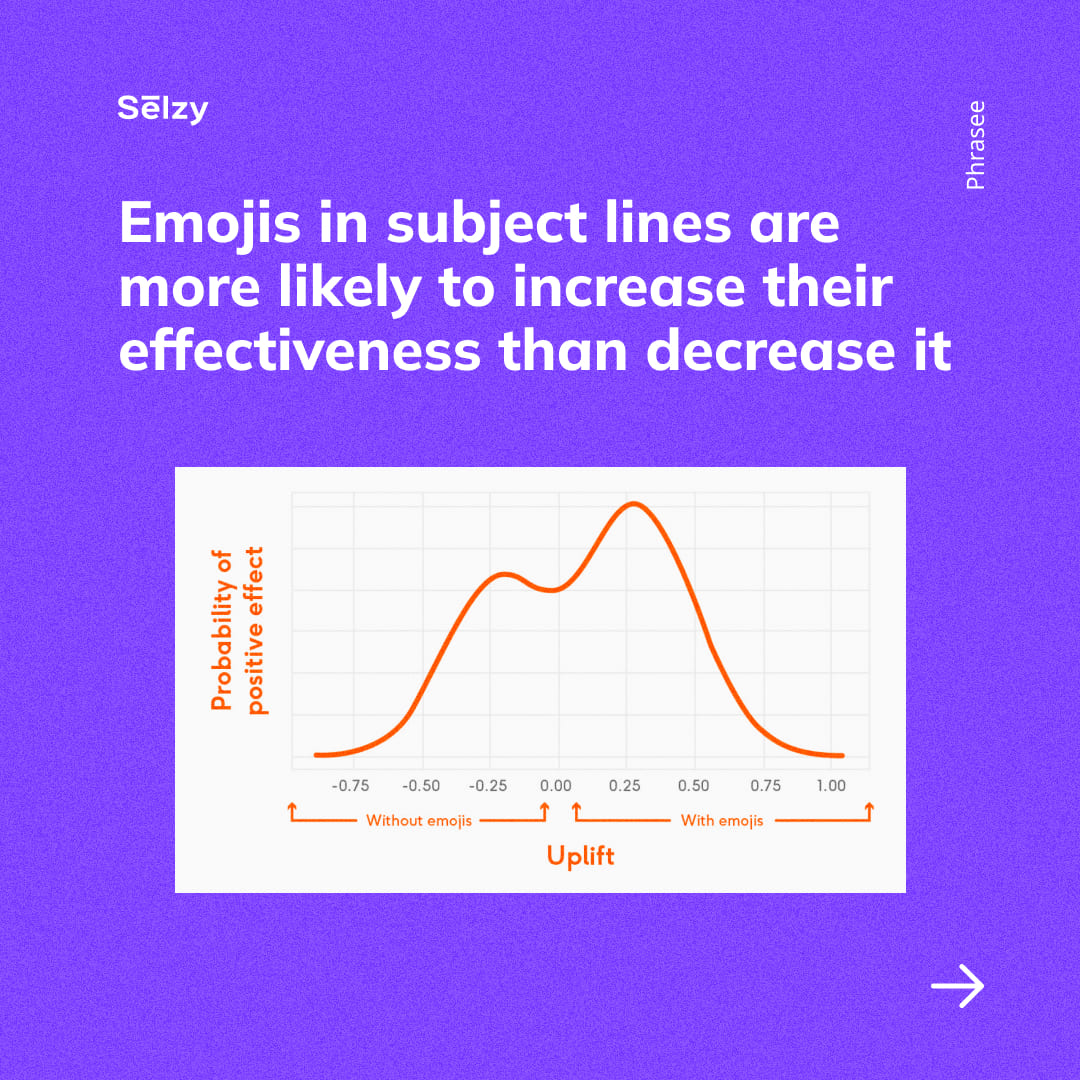
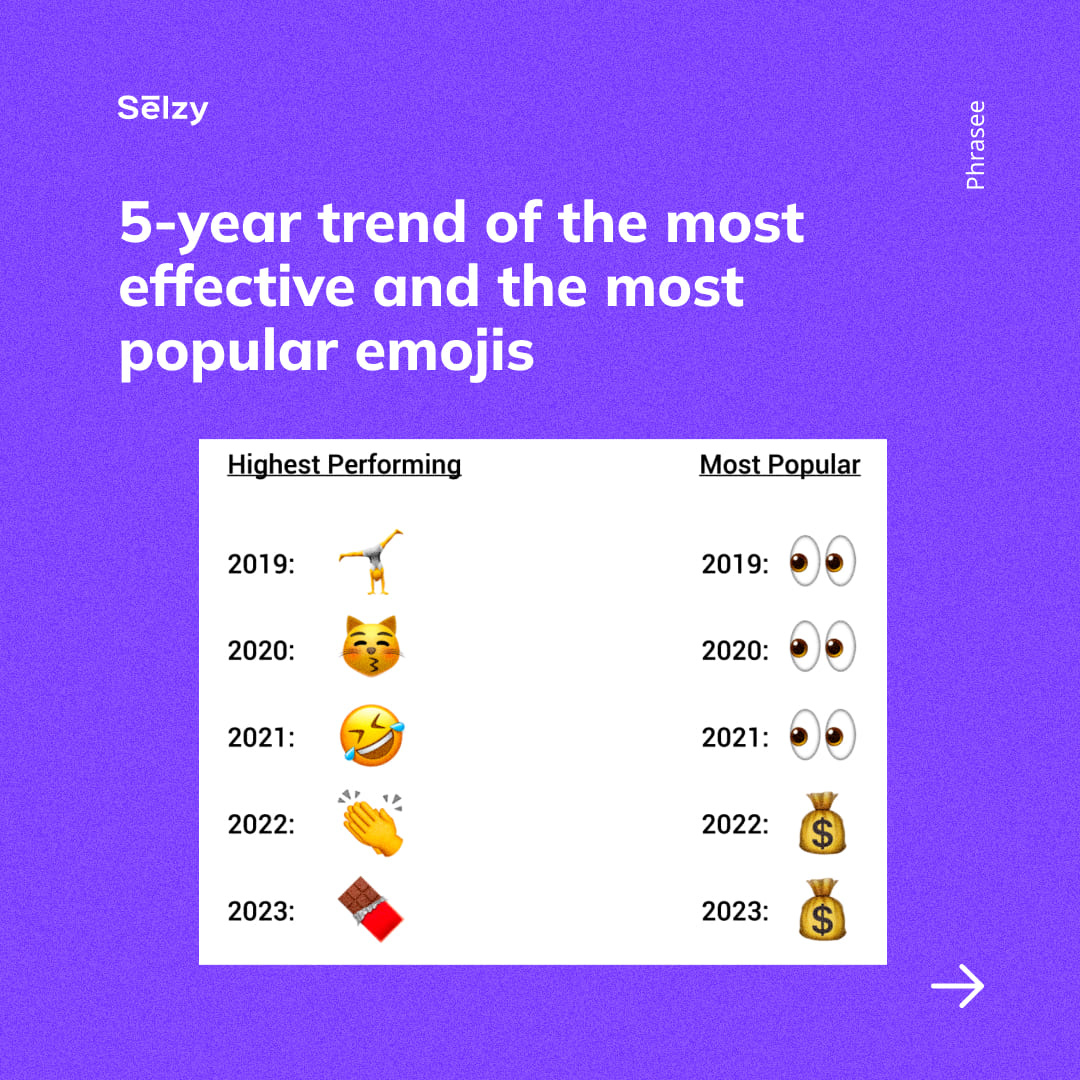
Emojis attract attention and prompt interactive behaviors from customers. (Emerald Insight)
They influence how our brains process language, emotions, and memories, triggering a more complex brain activation pattern during reading and memory retrieval compared to using words alone. (PLOS) This means that you can go deeper into users’ consciousness using emojis.
Emojis are fun and engaging and can help your brand appear more lively and welcoming. Combining emojis with text gives you a spark and enhances your tone of voice.
In 2022, HubSpot published a post about the best subject lines. By examining attention-grabbing subject lines and exploring the content on the associated websites, it becomes clear that these subject lines are closely aligned with and representative of the overall branding of the company.

Embracing emojis in email marketing requires a delicate balance. Only by understanding their psychological impact and leveraging them strategically can you improve engagement and brand perception.
While emojis add a dynamic layer to emails, their interpretation can be subjective, leading to potential pitfalls. Overuse, cultural misinterpretation, and improper context can impact how users perceive email content.
The strategic use of emojis starts with determining who the recipient is and what has to be communicated to them. There are several aspects to this: defining the audience, maintaining the email list, and delivering a specific idea and message to the audience.
Selzy email analysis indicated lower open rate (16.9%) and open click rate (2.7%) in emails with emojis compared to ones without (17.9% and 3.1%).
After some investigation, we found that the reason was the quality of email lists — some of them were not properly kept up to date and were in need of a thorough cleaning.
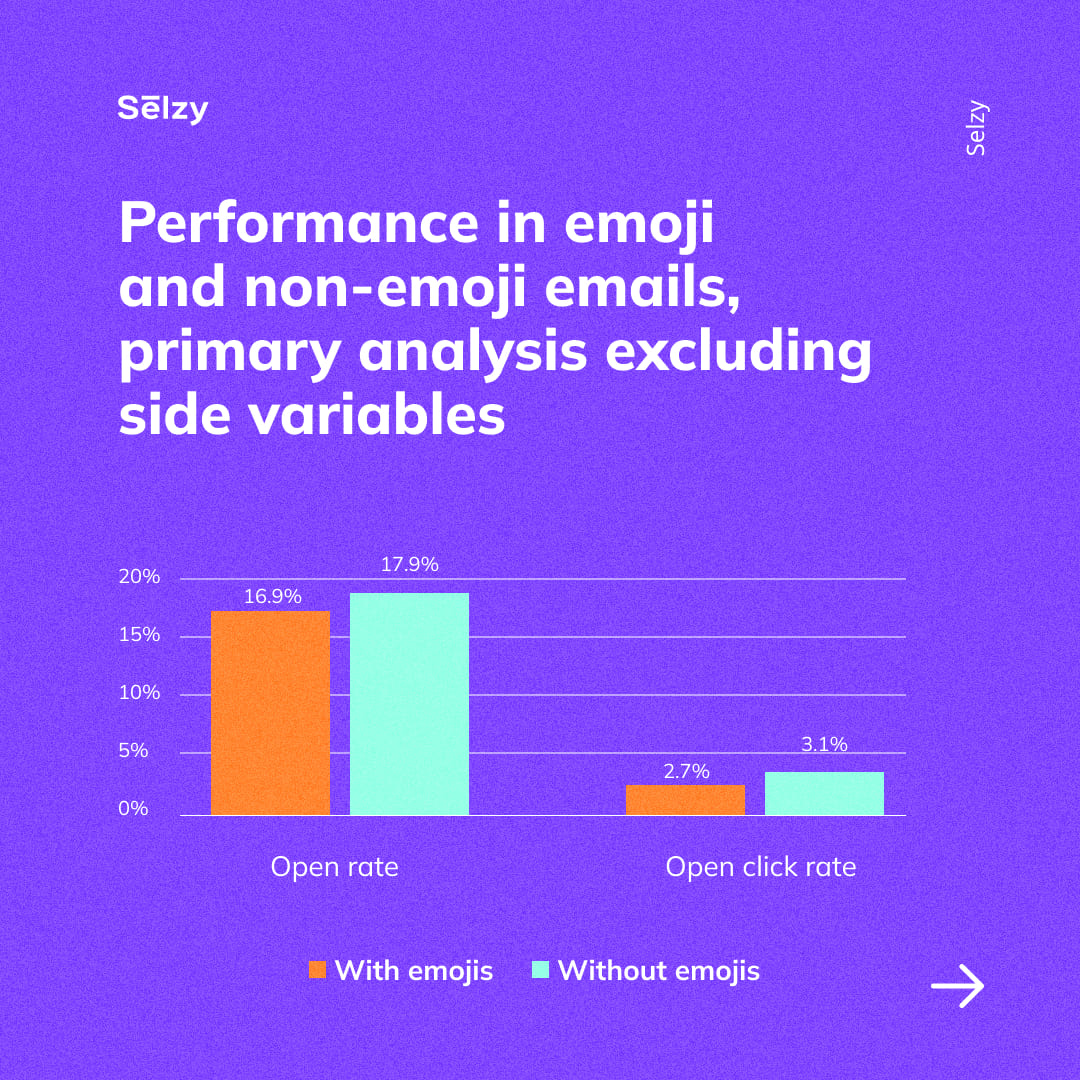
Email list hygiene leads to smarter use of resources, as it ensures that only those who are interested in receiving emails actually get them. Nowadays, email list hygiene has become a part of audience segmentation and keeping your customer lists up to date. A strategic approach to email list hygiene and segmentation comes with multiple benefits beyond cost-cutting: personalization, stronger customer connections, and more effective marketing campaigns.
There is evidence that audience segmentation increases email performance. For instance, segmented campaigns may see a 14.31% increase in opens and a 100.95% rise in clicks compared to non-segmented ones (MailChimp), while 80% of customers show an increased likelihood to make a purchase after a personalized experience, with 55% of marketers aiming to enhance their personalization capabilities this year. (Litmus)
The choice of more than 3,000 emojis, when harmonized with text, can enhance user recall, evoke positive emotions, and influence brand loyalty.
The negative sentiment towards emojis in marketing emails may stem from their perceived excessive use solely for attention-grabbing purposes. Users may feel manipulated when emojis are used excessively, viewing it as a gimmick or a cheap attempt to stand out. (NN Group)
According to MailChimp research, you should use no more than 1 emoji at a time in a subject line, while our own data reveals that 32.4% of email campaigns sent via Selzy had more than 2 emojis in their subject lines.
To harness the storytelling power of emojis, brands should adopt a thoughtful and evolving strategy. Avoiding repetitive use and exploring diverse combinations allows emojis to become potent tools for conveying nuanced narratives.
There is evidence that for some niches and audiences emojis in subject lines can lower open rates and increase complaints. (SEJ) However, in the same research by SEJ, it was found that 58% of email campaigns positioning emojis at the end of the subject lines improved open rates. (SEJ)
This data caught our attention, since while analyzing the emails we found out that only 19.5% of them contained an emoji at the end of the subject line.
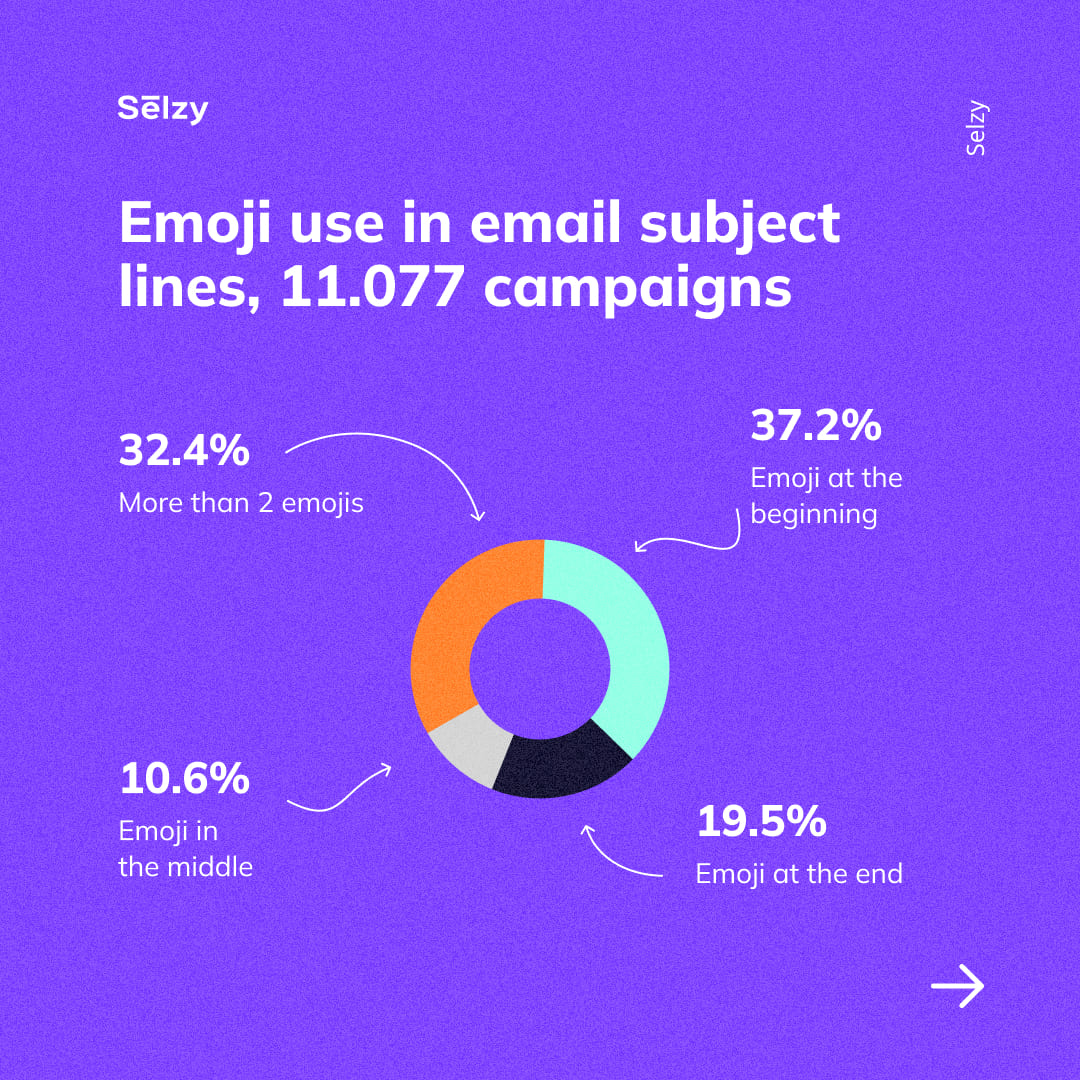
In addition to these results, Phrasee in their extensive scientific experiment made 2 major takeaways:
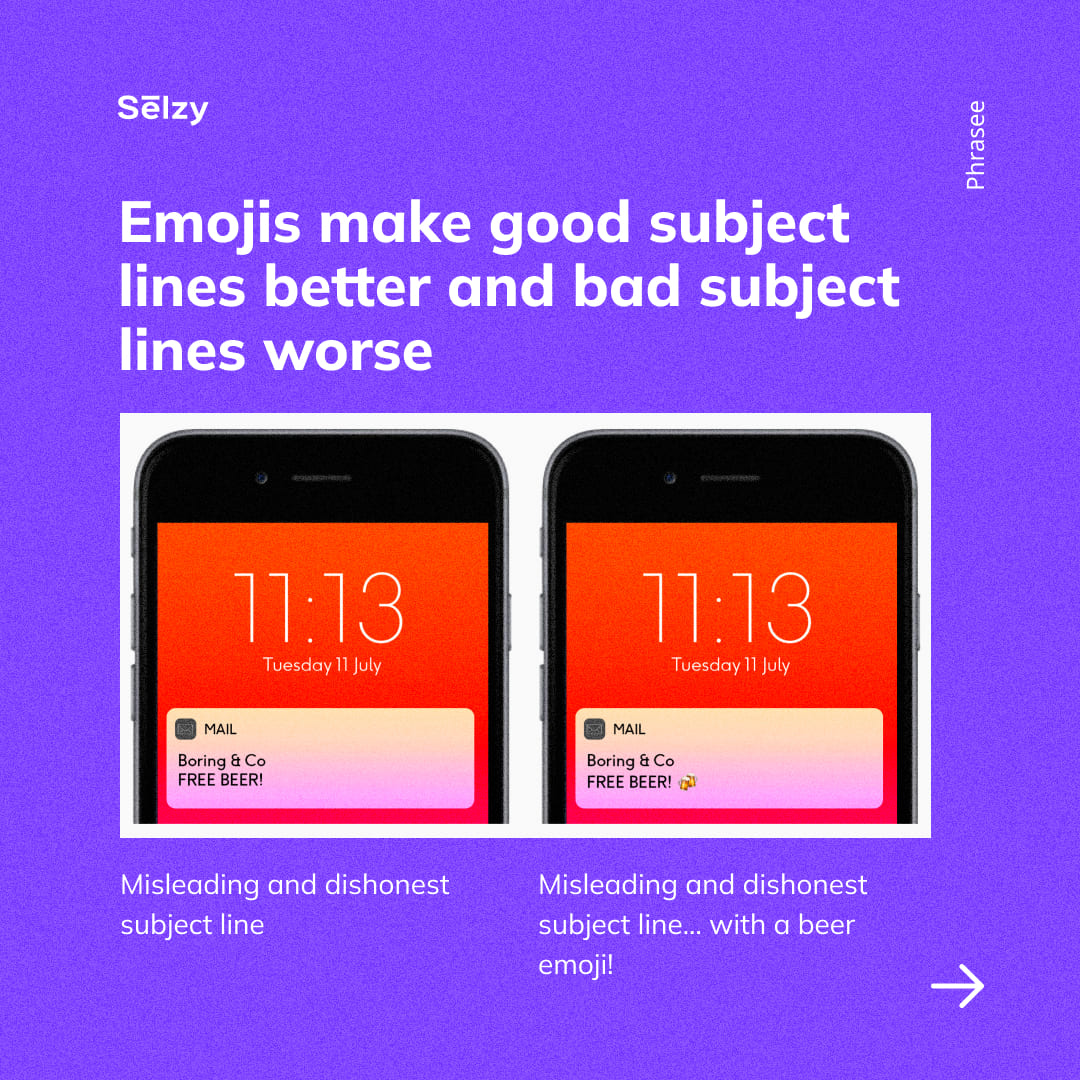
Emojis in subject lines make people 2.8 times more likely to say they would open an email because of its visual qualities, and not its meaning. (NN Group)
So, when sharing non-entertaining news, it's essential to carefully consider whether to use emojis as it may lead to people not paying attention to the message itself. If you decide to use them, consider their type, quantity, and strategic placement for effective communication.
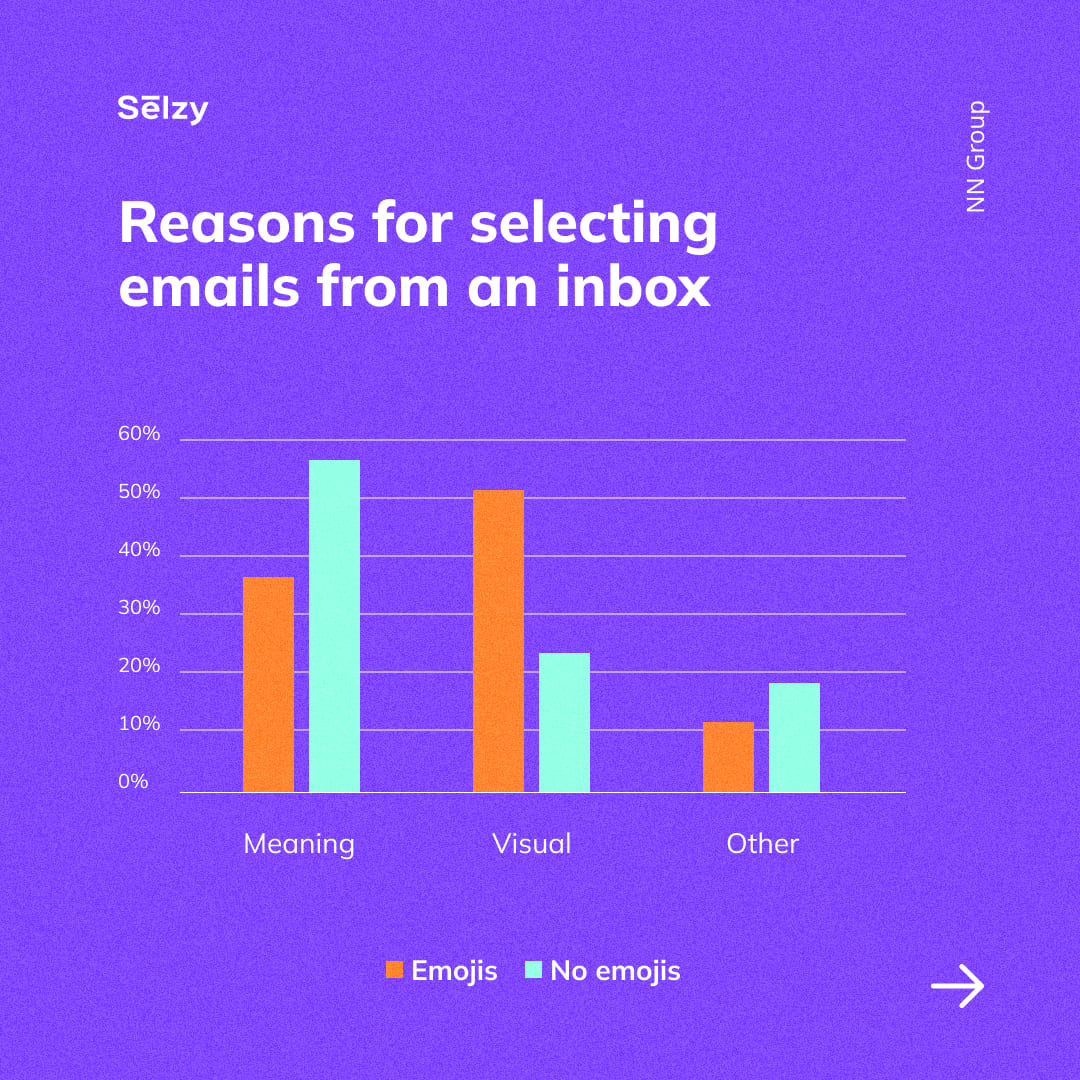
In a 2021 study published in Human Behavior and Emerging Technologies journal participants' views on brands using emoji varied based on the context. They found it more appropriate for brands to use emojis when promoting but less suitable when addressing issues like defective product callbacks. (ResearchGate)
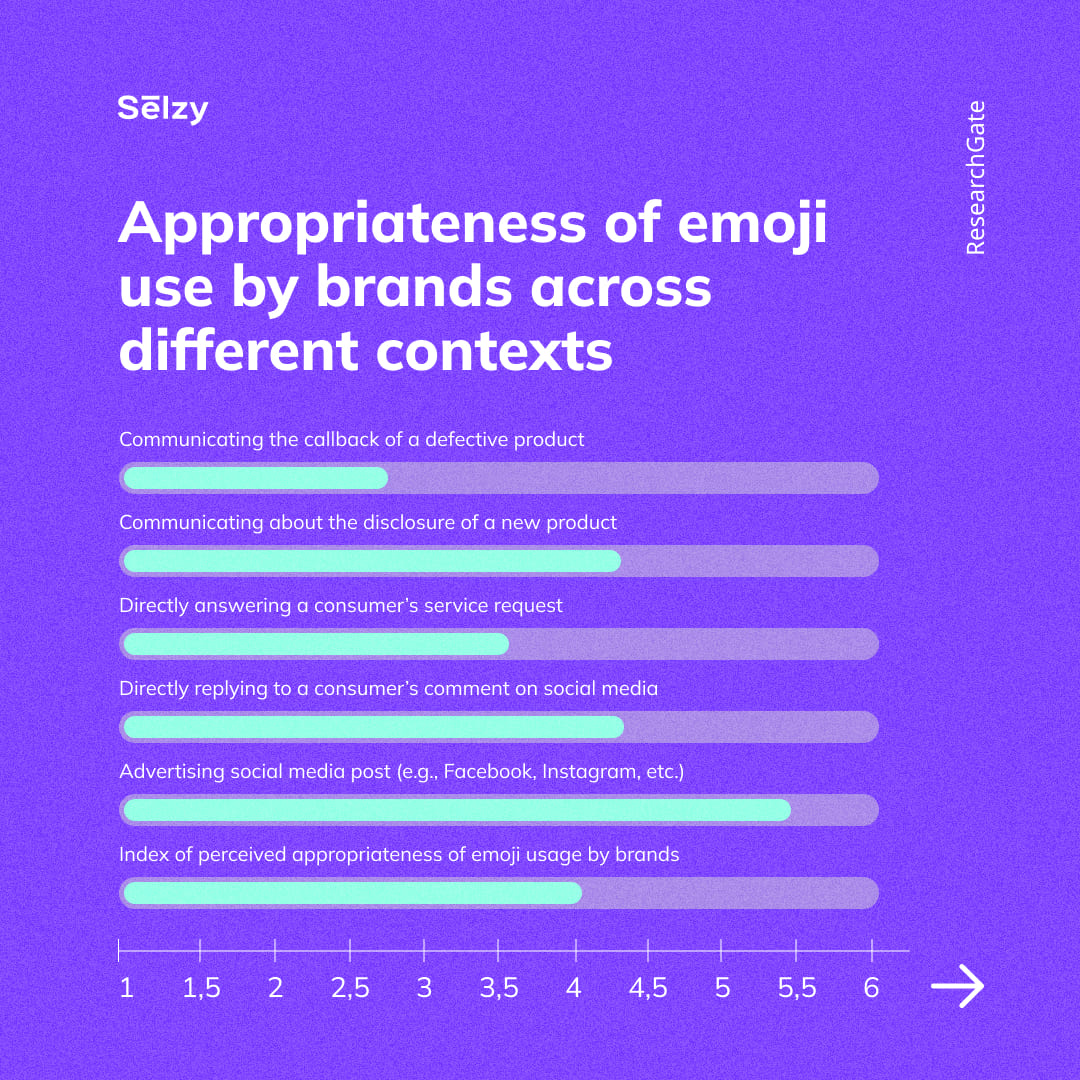
Our research shows that successfully integrating emojis into email marketing involves navigating challenges. Adopting best practices, avoiding overuse, and understanding target audience nuances contribute to effective and impactful communication.
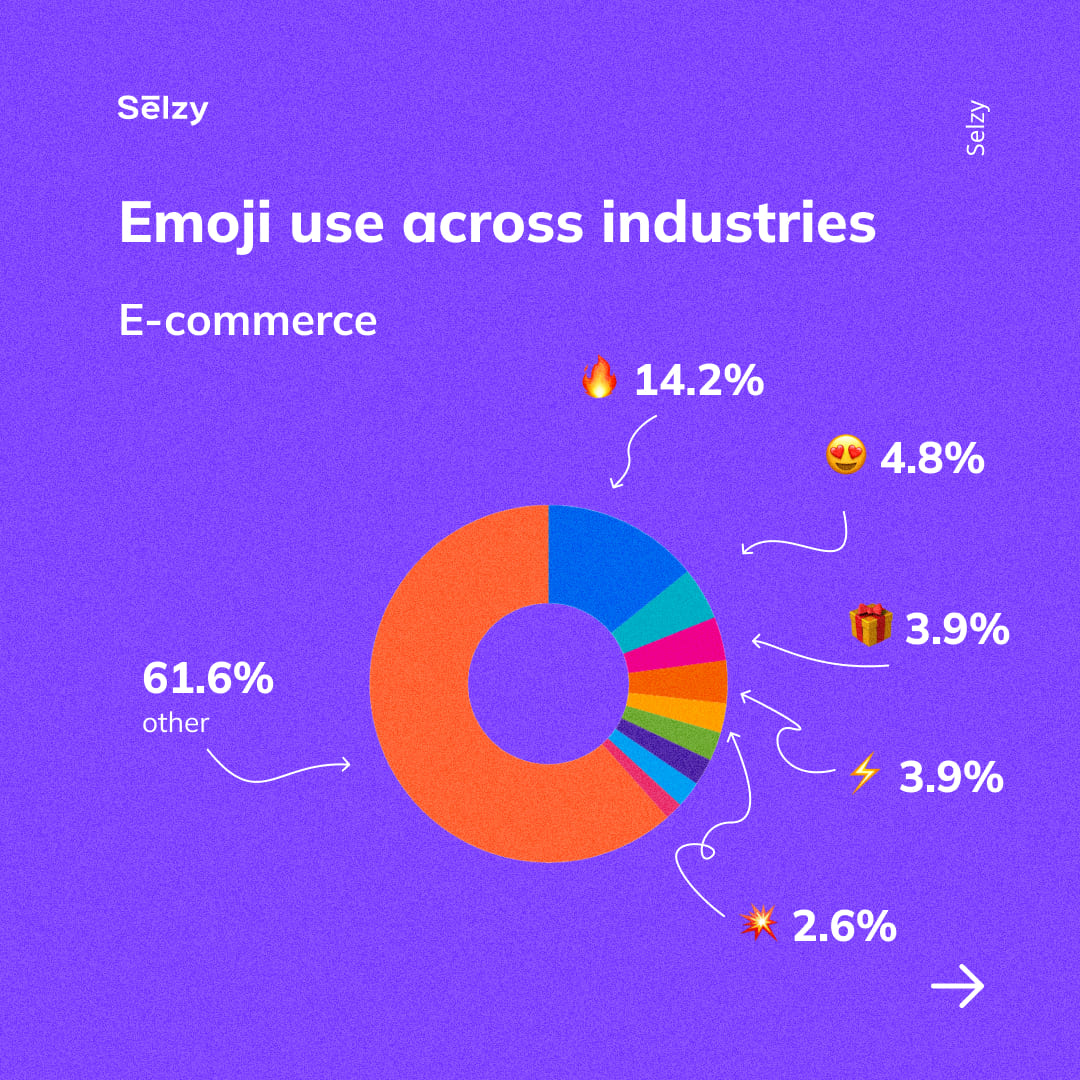
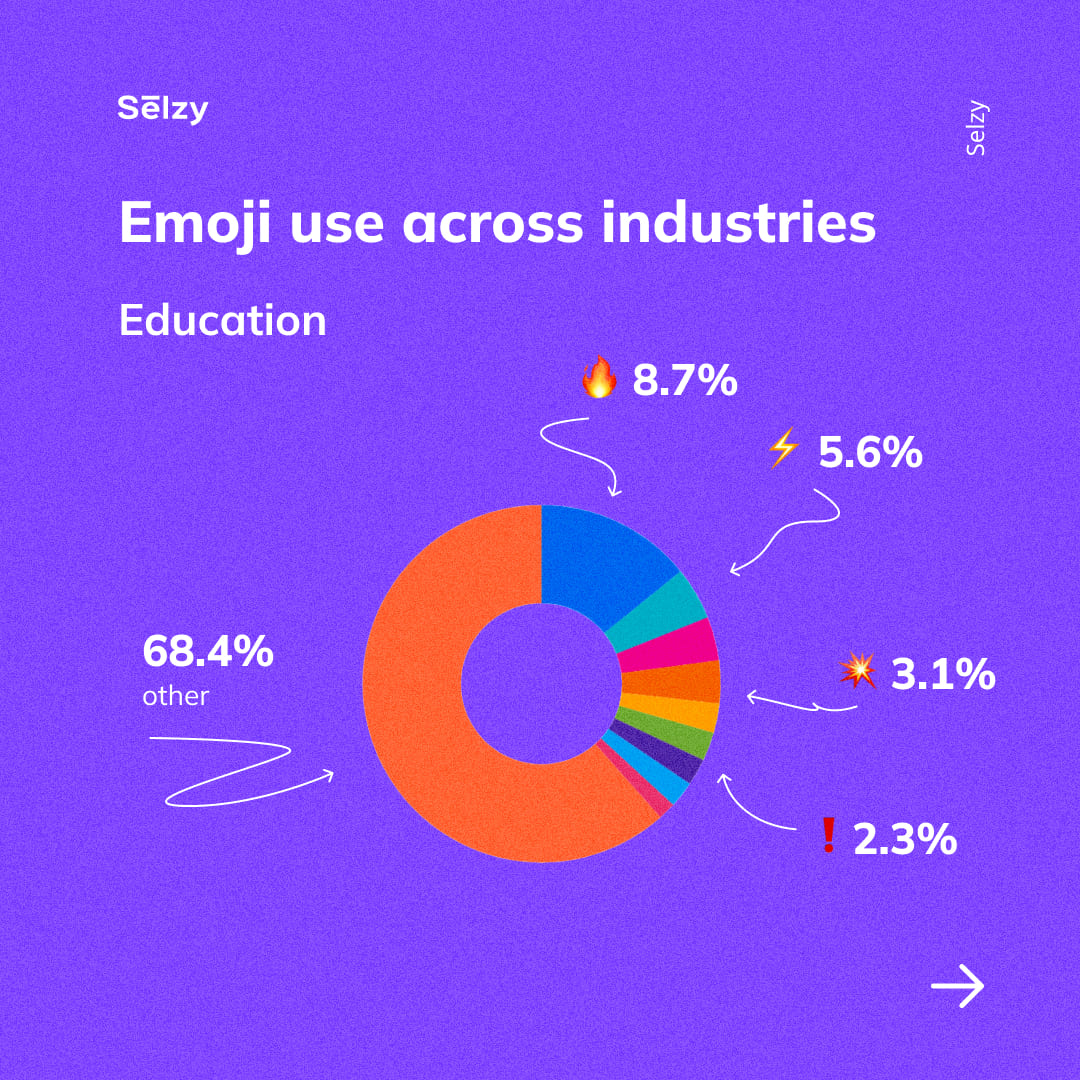
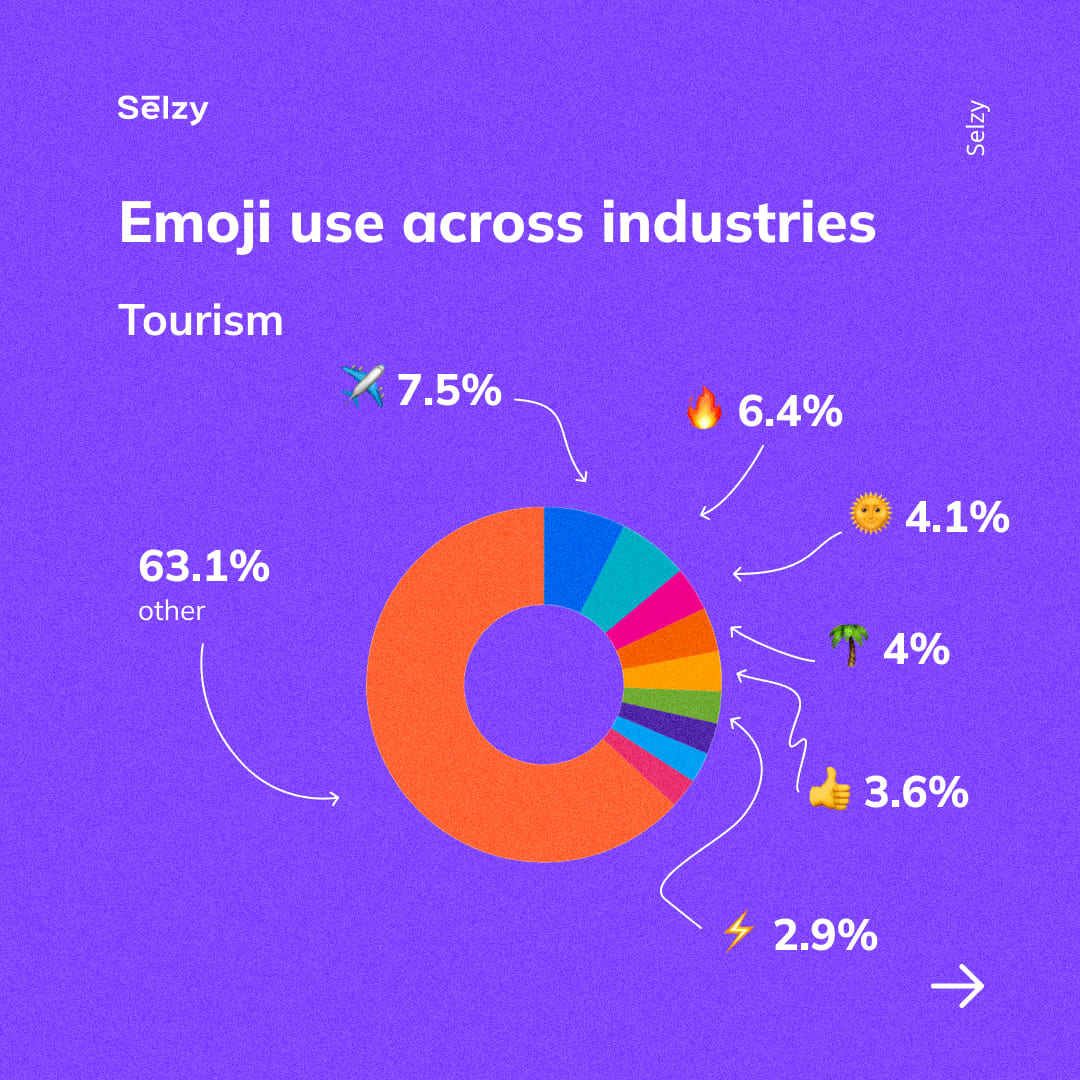
B2B companies have also incorporated emojis into their marketing strategies, particularly on platforms like LinkedIn, to enhance their online presence and engage their audience.
Research on building B2B brand personality showed that companies create a strong and consistent brand personality by emphasizing brand competence in actual products (the quality and features) and by creating a warm image around the additional or augmented aspects of the brand (customer service or overall experience). This helps the brand feel complete and reliable. (Emerald)
Giants like Microsoft and Amazon Web Services utilize emojis in their client conversations, injecting a human touch and fostering a more relatable connection. Embracing this trend, B2B startups in the tech sector frequently leverage emojis on social media to showcase their innovative and forward-thinking identity, adding a dynamic element to their content and distinguishing themselves in competitive markets. (Brand24)
Essentially, B2B companies opt to add a touch of informality to their social media presence for better audience engagement. It makes sense since social media typically leans towards the more enjoyable side, and informality resonates with it.
In the realm of email communication, incorporating emojis in B2B contexts is generally considered safe, particularly when the messages are more focused on pleasure or enjoyment (event invitations, product updates, feedback requests, discounts and promotions) rather than strictly utilitarian purposes. Using appropriate emoji to the message and brand can also be helpful. 📈 is mostly used by B2B companies or professionals, when more playful 🚀 is mostly used in B2C.
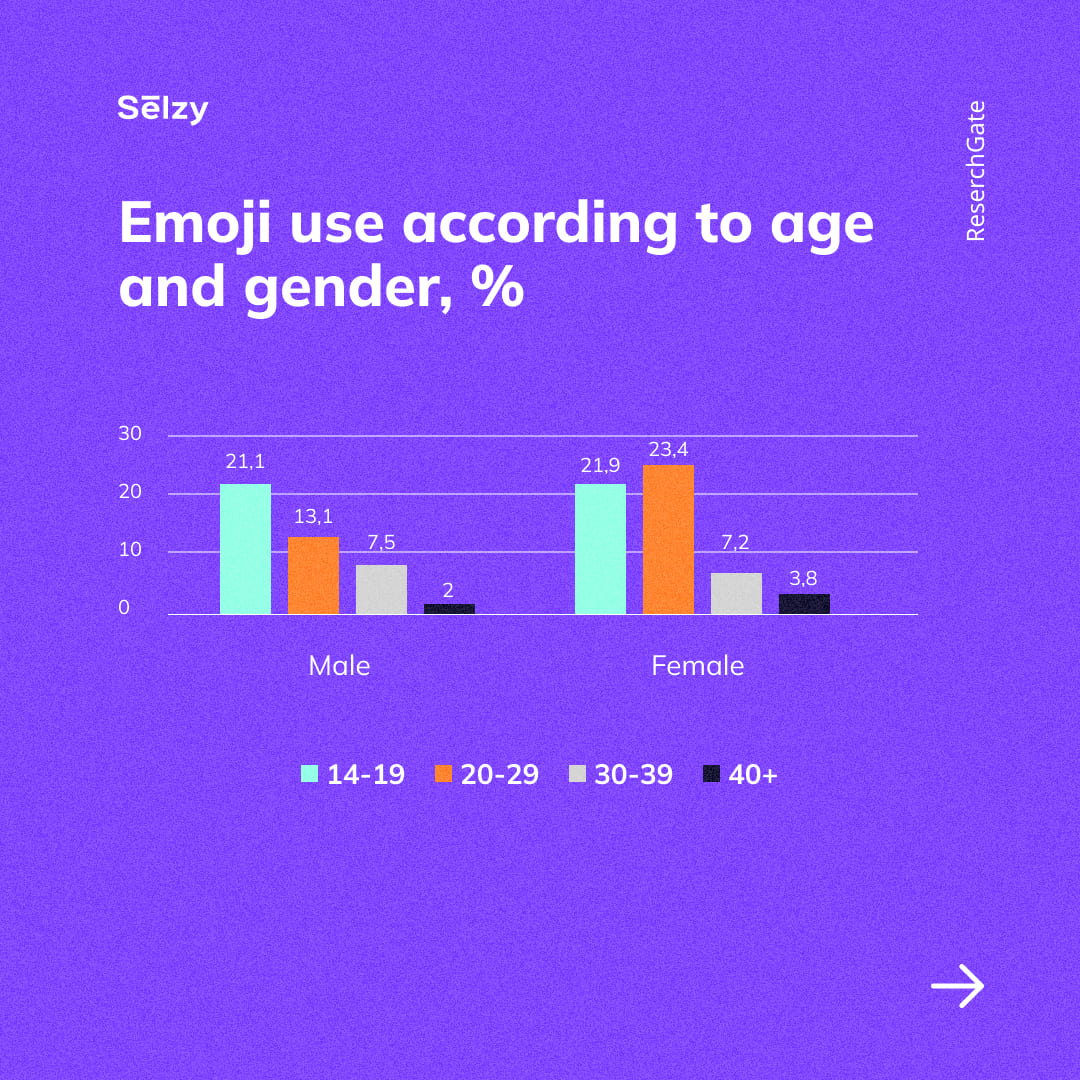
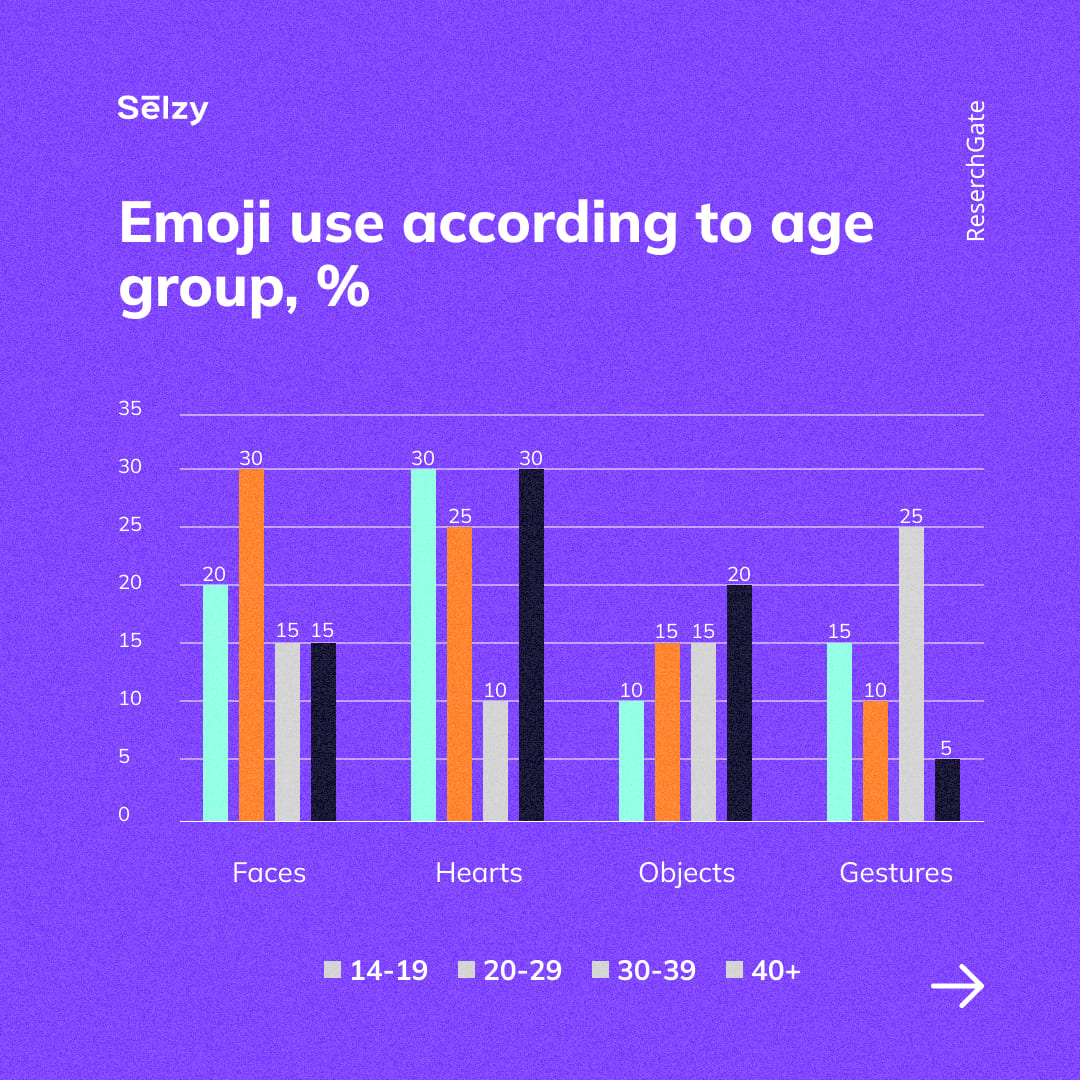
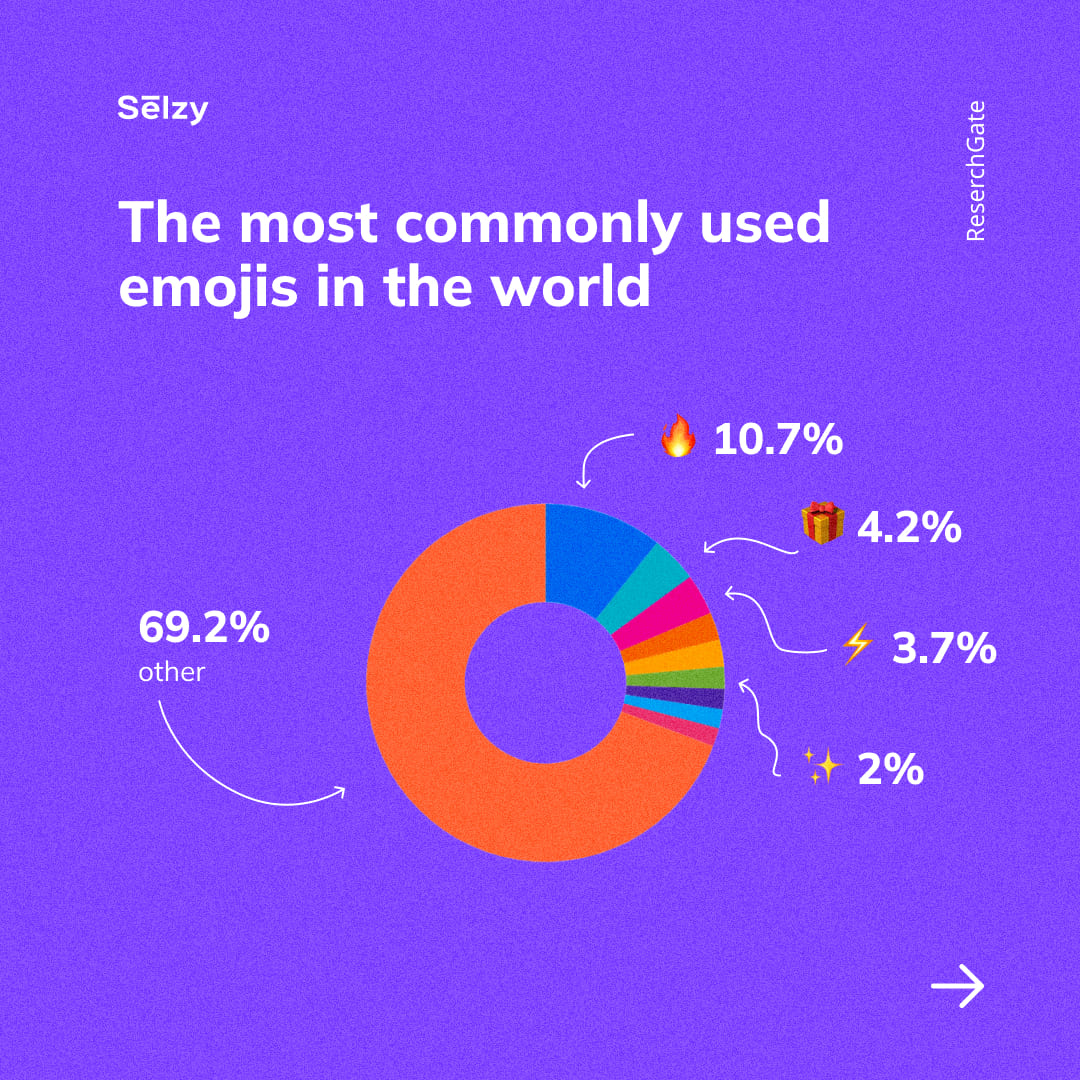
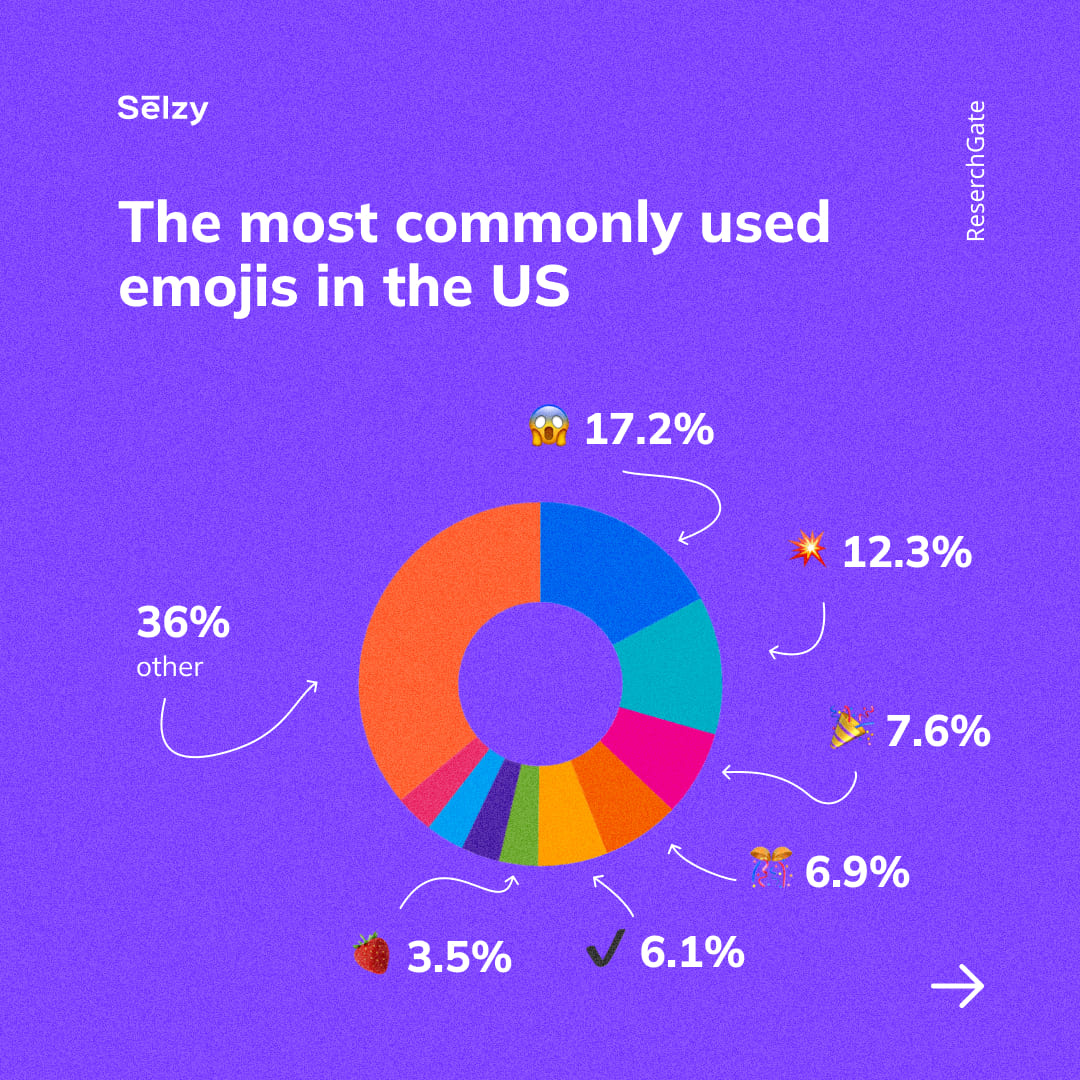
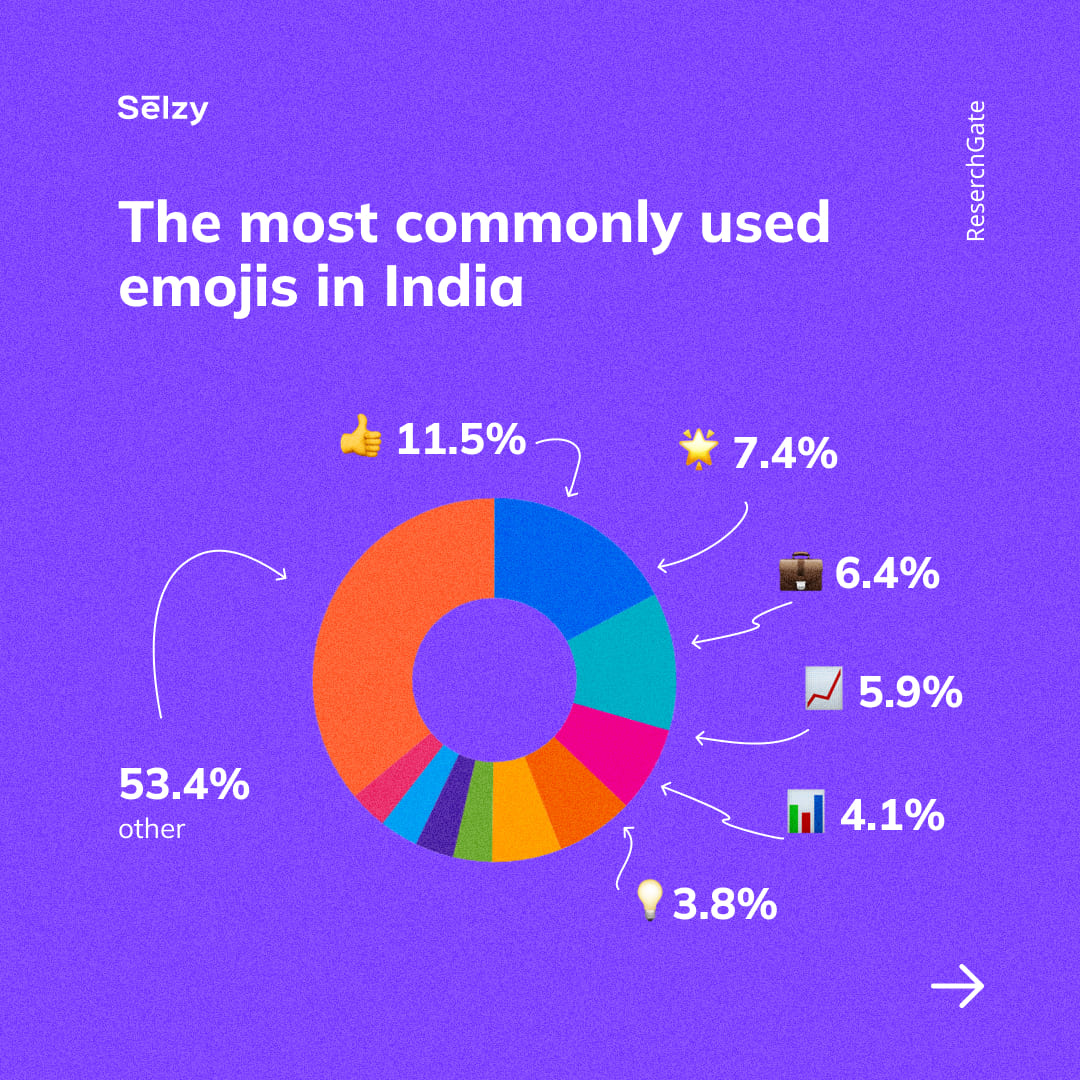
💸 The interpretation of this emoji's meaning is still up for debate: 28% of respondents perceive it as a "loss", while 31% see it as an "influx". This perception varies by country, with Japan leaning towards associating it with a loss (59%) compared to 7% who view it as an influx.
🍑 Despite being historically flirty in some regions, the 🍑 emoji was literally understood by 71% of Korean respondents, with only 9% recognizing its NSFW ("not safe for work") connotation. Similarly, 56% of Chinese participants believe that 🍆 signifies the actual fruit.
🙂 While globally recognized for expressing "feeling happy" (38%) and "general positivity" (39%), this emoji also serves to convey "deep exasperation and/or distrust" for 14% of users. Respondents from America and Singapore predominantly interpreted it as "deep exasperation" (20% and 19% respectively), whereas Canada, Korea, and Japan had the lowest percentages (8%, 6%, and 5% respectively).
To be fair, this point should come first because no one knows for sure what suits your audience, your positioning, and your brand. Only experiment and research can answer your questions.
Start with testing subject lines on small samples as it's cheaper than an experiment and provides qualitative data to understand the audience and their behavioral patterns better. Remote unmoderated testing platforms are a great way to start as you only need to set up a test in the right manner asking questions and giving tasks to a respondent. Most of these platforms have screen and voice recordings. Nonetheless, the main purpose of qualitative methods (e.g. first-click test, 5-second test, and unmoderated UX testing) is to explore the audience's way of thinking by asking open-ended questions, seeing how they are performing and commenting on them.
Top 5 remote testing tools:
A/B testing is complex and requires a lot of resources, but it is still effective. A/B testing different subject lines helps identify what resonates best with your audience. Brands that use an extensive testing checklist report an ROI of 40:1. (HubSpot)
Predicting what makes a "good" subject line is subjective, varying across audiences and influenced by numerous linguistic factors. A subject line considered successful one week may lose effectiveness the next. Continuous testing remains the key to sustained success.
Recognizing the alignment between emojis and brand characteristics, as well as adapting their use in B2B contexts, provides a nuanced approach to enhancing brand identity and engaging diverse audiences.
In the dynamic evolution of emojis and its inevitable integration into our communication and culture, there is a notable shift towards inclusivity challenges and cultural stereotypes.
The journey began around 2012 with the #emojiethnicityupdate movement on Twitter, highlighting the need for diverse representations.
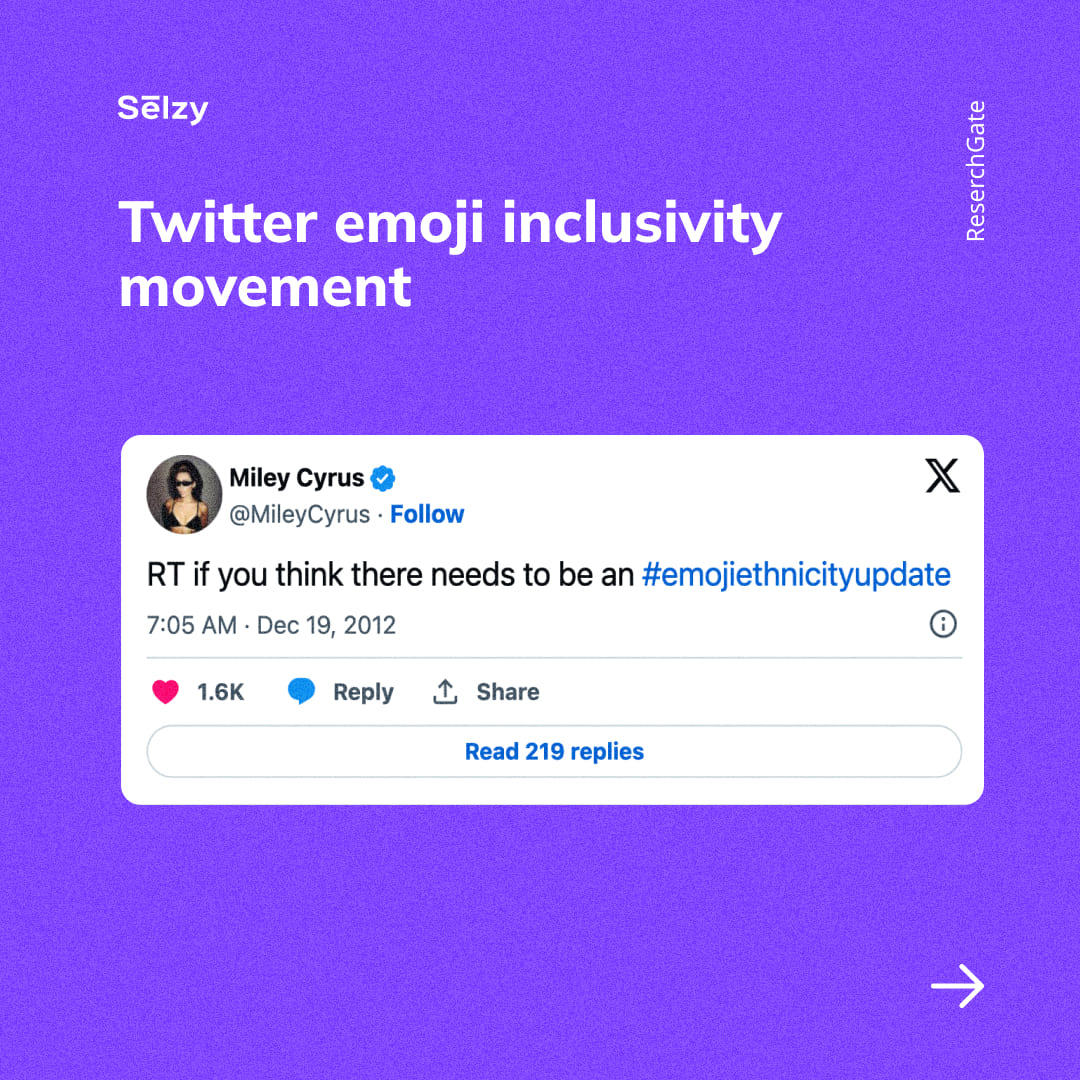
By 2014, the Great Emoji Diversification had begun and Unicode addressed gaps in depicting traditional cuisines, diverse families, and more, acknowledging the importance of cultural inclusivity. (Wired)
Despite initial oversights, Unicode's annual emoji approvals demonstrate a commitment to expanding emoji diversity.
Adobe in their reports demonstrates that 75% of UK and 71% of U.S. emoji users agree that inclusive emoji can help spark positive conversations about cultural and societal issues. (Adobe)(Adobe) Which means emoji language stimulates society to be more aware of our differences.
As emojis shape digital communication, their impact extends even to legal proceedings, showcasing their significance in contemporary life. (Slate)
Emojis in email marketing are not just symbols; they are emotional connectors, shaping perceptions and enhancing engagement. To find the delicate balance, businesses need to understand cultural nuances, and audience preferences, and adhere to best practices and testing.
There are many considerations to take into account when navigating the use of emojis. Emojis represent a new addition to our rapidly evolving digital communication landscape. As this language continues to change and evolve, it is imperative to explore and experiment 😉